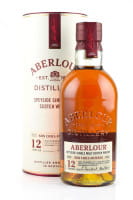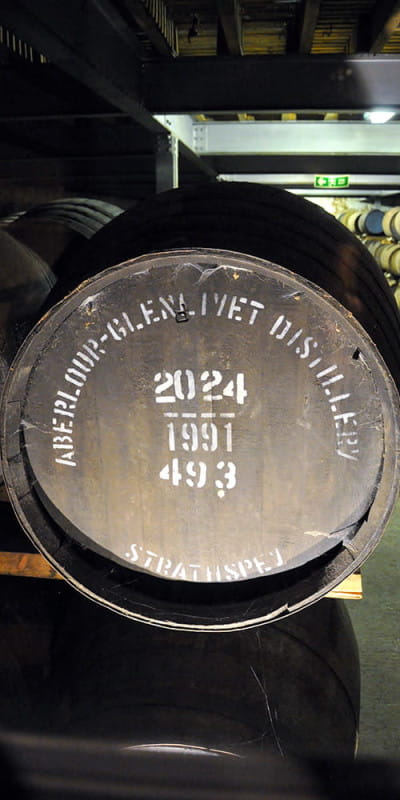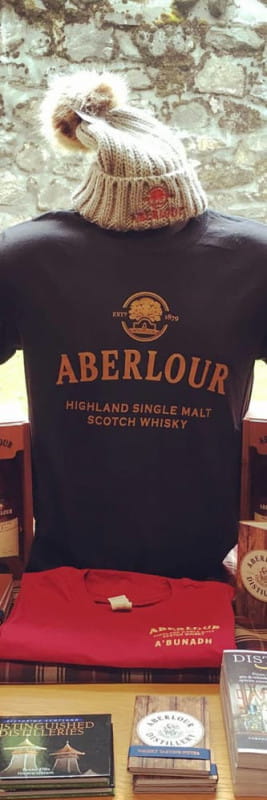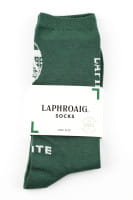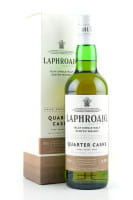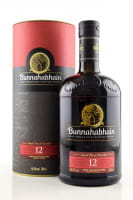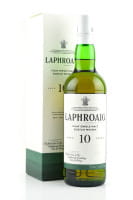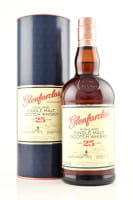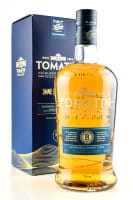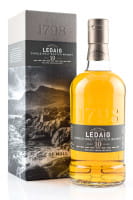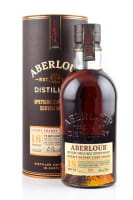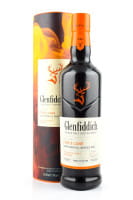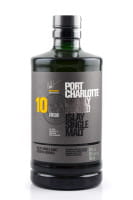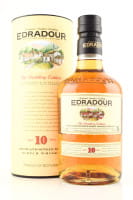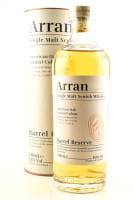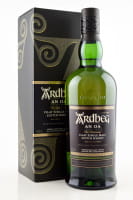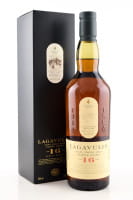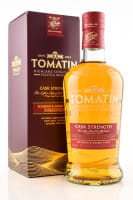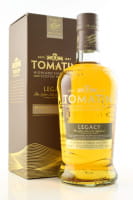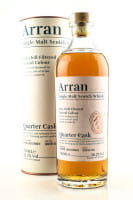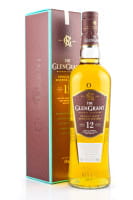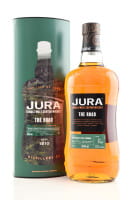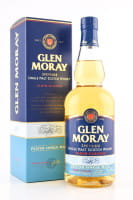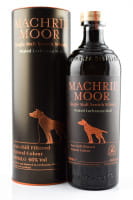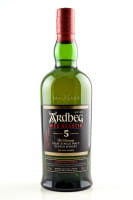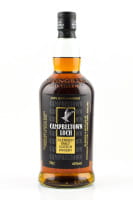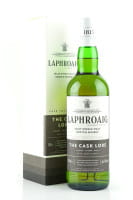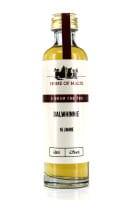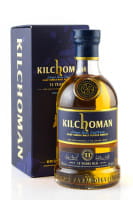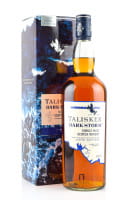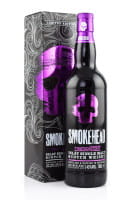
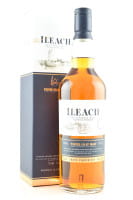
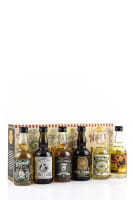
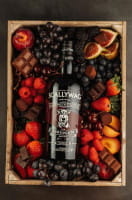
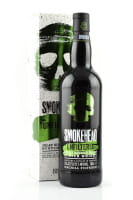
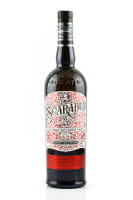
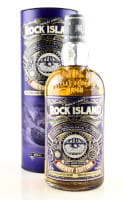
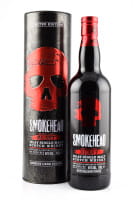
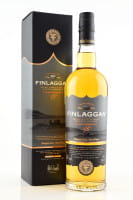
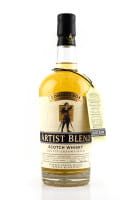
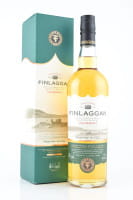
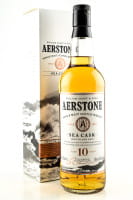
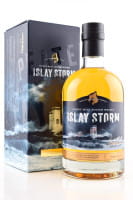
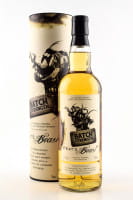
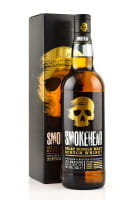
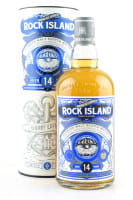
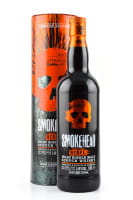
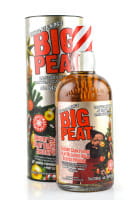
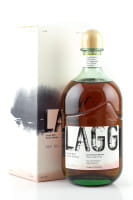
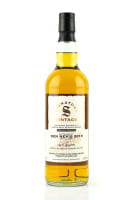
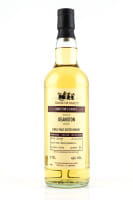
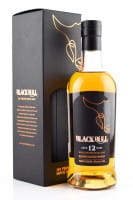
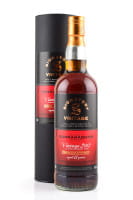
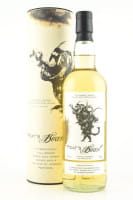
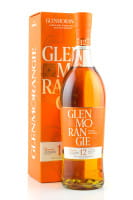
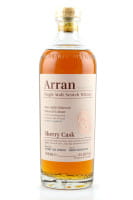
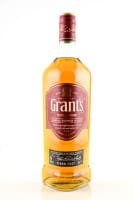
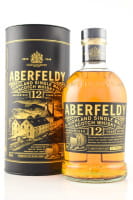
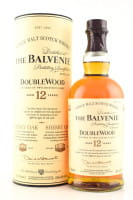
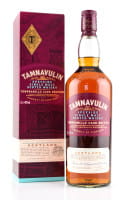
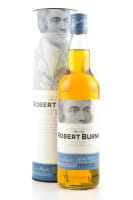

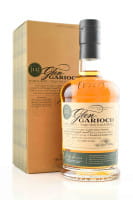


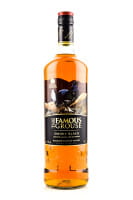

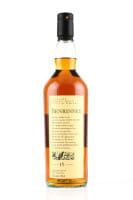
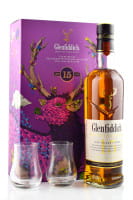
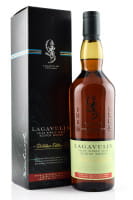
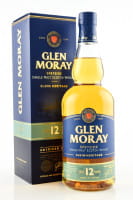
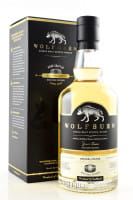
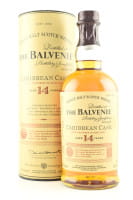
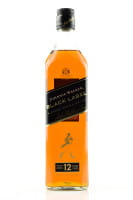
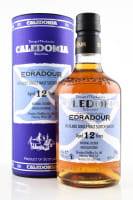

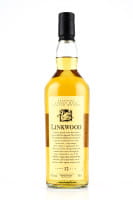

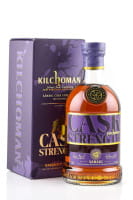
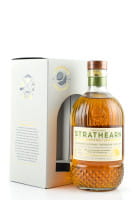
The wide variety of Scotch whisky
Whether it was the Scots or the Irish who “invented” whisky cannot be clarified beyond doubt. But one thing is certain: for most whisky lovers, Scotland is the heartland of whisky glory. Not just in terms of the sheer volume of whisky distilleries and Scotch brands. The range and depth of taste is also exceptional. Around 130 distilleries produce single malt whisky here in the traditional, centuries-old way. In copper stills (pot stills), made from malted barley, in two consecutive distillation processes. The whisky then rests in oak barrels for at least three years, but usually for many more years. They usually had previous residents, mostly sherry or bourbon, but former port, rum or wine barrels are also increasingly being used. The elaborate, ancient firing process and the long maturation period in used casks give the Scottish malt whisky its remarkable richness and complexity.
However, much of what is produced in the malt distilleries does not come onto the market as a single malt at all, i.e. as an unblended, pure product of a distillery. The majority is used in the successful Blended Scotch whiskys. They have famous names such as Chivas Regal, Dimple, Ballantines, Johnnie Walker, Dewars, Vat 69, Cutty Sark, Black & White and consist of malt and so-called grain whisky. It is obtained quite efficiently from various grains, including unmalted grain, in a rather industrial process.
And if it was the blends that made Scotch whisky famous around the world, the heart of most whisky enthusiasts belongs to the complex, traditional single malts.
Peat smoke: A Scottish specialty
By no means all, but some Scottish whiskys have it: a more or less pronounced smoky note. That comes from the peat. Peat has long been the fuel of choice in the Highlands and Scottish Isles. A large part of the landscape there is characterized by peat bogs. And when the barley malt is dried over such a peat fire, it absorbs the intense smoke and brings it into the whisky. American or Irish whiskys, for example, come from another home and usually don't bring those peaty, smoky notes with them. Here you will find all smoky Scotch whiskys.
This is what Scotch Whisky tastes like
Even if peat was mentioned here: There is no really uniform character of Scottish whiskys. Especially not if you try to bring malt, grain and blended whisky under one taste hat. But even if we only look at the "King o' Drinks", the single malt, the variety of tastes is overwhelming. This ranges from the flowery, delicate Auchentoshan from the Lowlands to a powerful, complex Springbank to the powerful, peaty Lagavulin. Perhaps one thing they have in common is that Scottish malt whiskys are quite multi-layered and complex, and that they contain fruit, sweetness, spiciness, salt and smoke in varying degrees. Many single malts show their home region. whiskys from the sheltered, grassy Lowlands tend to be more delicate than their cousins from the rough, stormy Highland and Icelandic coasts. This is what makes Scottish whisky so difficult to describe - and so exciting to enjoy. Click here to explore Scotch whisky by region.
Tasting tips: Scotch classics...
Countless of the “big” names come from Scotland. The first to be mentioned here are those who laid the foundation for the current popularity of single malt whiskys: Glenfiddich, Glen Grant and Glenlivet, all from the Speyside area. The elegant Aberlour and Macallan are also at home here. Popular favorites are the smooth Glenmorangie of the North Highlands, as well as the lush Highland Park and mighty Talisker of the Isles - and of course Lagavulin, Ardbeg and Laphroaig, the peaty powerhouses of the Isle of Islay.
Would you like a recommendation? Check out our Top 10 Scotch whisky recommendations!
... and our insider tip
Some truly remarkable malt whiskys, for whatever reason, remain less in the public eye and thrive more in secret. For example, try the spicy, multi-layered Clynelish. Or the soft Deanston, reminiscent of biscuits and vanilla.
How does Aberlour whisky taste?
Elegant, round, balanced - these terms come up when it comes to describing the Aberlour house style. Aberlour is a non-smoky and very sweet and fruity single malt. Aromas of red apples, honey and soft nutty notes can be found in Aberlour whiskys. Depending on the bottling and cask composition, the caramel and vanilla tones or the berry sherry notes are more emphasized. With this smooth and tasteful whisky you'll easily convince your friends to drink single malt.
How Aberlour Single Malt is made
Most of today's beautiful stone buildings, where Aberlour whisky is made, were built in 1892. The distillery is just a stone's throw from the River Spey, which owes its name to the legendary Speyside whisky region. However, the name Aberlour comes from the small river of the Lour. Literally translated, Aberlour means "mouth of the Lour", where the distillery is located. The source of Aberlour's clear water, St. Drozdan's Well, is said to have healing magic powers. Once you've visited the nearby Linn Falls, you too will believe it. Because this magically beautiful little waterfall once served as a place of worship for Celts and Druids. The Lour flows past the Standing Stones of Fairy Hill. Who wouldn't want this magical water in their whisky?
The water of the Lour River is used for the cooling systems of the stills. However, this returns untouched back into the river, because only pure spring water goes into the whisky itself. Fermentation takes place in six large stainless steel washbacks. Today, Aberlour distills the new make for the single malt whisky on four onion-shaped pot stills. The copper stills have no bulges. Aberlour Single Malt matures in both ex-bourbon casks and ex-sherry casks. The malty, fruity spirit works well with both American and European oak. In France, Aberlour is one of the best-selling malt whiskys. Aberlour Single Malt is also used in some blends, as in the Scotch Clan Campbell.
The history of Aberlour - three birthdays!
Aberlour can basically celebrate three birthdays. The distillery was first built in 1826. However, it fell victim to a major fire in 1878. In 1879 James Fleming, also owner of the nearby Dailuaine Distillery, rebuilt Aberlour. The current location was chosen partly because of St Drozdan's spring, which was said to have healing powers. Then in 1898 came another low blow. Another fire destroyed the distillery buildings and stock. A bitter setback for every whisky distillery. Several changes of ownership followed until Aberlour was taken over by the French beverage company Pernod Ricard in 1975. Since then, Aberlour has obviously been in good hands with the Scottish subsidiary Chivas Brother. In 2002 a small visitor center was opened. Let's keep our fingers crossed that a fourth birthday won't be necessary.
The Aberlour range & recommendations
The nice thing about Aberlour is that the range offers suitable bottlings for every whisky lover. The bottlings with low ABV are ideal for introducing newcomers to the topic of single malt whisky. An example is the mild, drinkable Aberlour 10 year old Forest Reserve and the Aberlour 12 year old Double Cask. For a velvety soft and more profound taste experience, reach out for the older variants such as the Aberlour 16 Years Double Cask Matured or the Aberlour 18 Years.
For experienced whisky lovers, Aberlour has specially created a version of the 12-year-old single malt without chill filtration and with a higher drinking strength. The Aberlour 12 Years Non Chill-Filtered comes with 48% vol. Therefore the aromas are more intense. The Aberlour Cash Annamh is also served with an increased drinking strength of 48% vol. The popular Aberlour A'bunadh bottlings go one step further. These come in bold cask strength and are also non-chill filtered. These Cask Strength bottlings are bottled batches, so they vary slightly in character, but are always worth buying. Aberlour A'bunadh was originally created to be fully matured in casks that previously held sherry. So you can enjoy the full impact of the sherry cask maturation. There is now also a variant made from ex-bourbon casks with the Aberlour A'bunadh Alba. Here you can explore the light fruity side of this excellent Scotch whisky.
Facts & Figures about Aberlour
Address: Charlestown of Aberlour, Banffshire, AB3 9PJ, Scotland
Founded: originally in 1826 by James Gordon and Peter Weir, now in 1879 by James Fleming
Region: Speyside
Owner: Pernod Ricard, Chivas Brothers Ltd
Type: Single Malt Scotch Whisky
Smoke: Unpeated/ Non-smoky
Status: active
Capacity: approx. 3,800,00 lpa (litres per year)
Stills: 2 wash stills (21,120 l), 2 spirit stills (total 35,456 l)
Washbacks: 6, stainless steel
Mashtun: Semi Lauter, 12 tons
Water: Springs at Ben Rinnes, St Drozdan's Spring
Visitor Center: Yes
Telephone: +44 (0)1340 / 881249
Website: www.aberlour.com
Directions to the Aberlour Distillery

